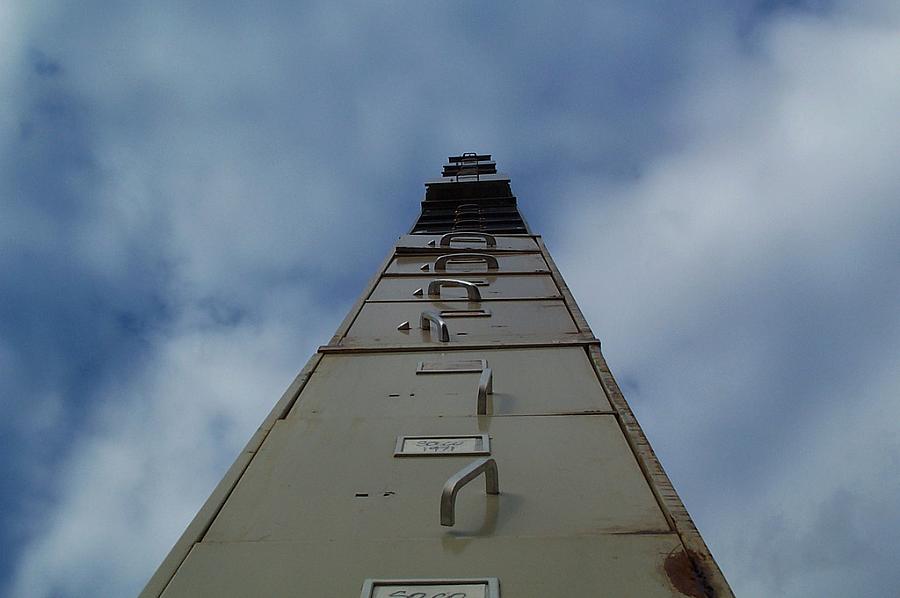Time Warp: ICD-10 May Be Obsolete by Time It’s Adopted

If the United States had adopted the 10th revision of the International Classification of Diseases and Related Health Problems (ICD-10) in the 1990s like everyone else, it would have enjoyed the benefits of updated tracking of diseases for the past two decades. Instead, after years of delays, it is now set to upgrade to a more modern system in October 2015.
Here’s the complicating factor. Less than two years after that, the world is will switch to an even newer coding system.
While the U.S. has dithered, the World Health Organization (WHO) released ICD-10 in 1994 and has made regular adjustments to it, just like a software program. It made changes nearly every year between 2003 and 2010. It started creating ICD-11 in 2007 and intends to release the new system in 2017. There’s already a beta version online that people can review and comment on.
The delays in implementing ICD-10 have real costs.
At 3M, one of the world’s leading health care companies, the disappointment has a serious price tag. The company is spending an estimated $100 million on the change. JaeLynn Williams, senior vice president for marketing and client operations, explained why in a blog post:
With ICD-9, there’s only so much information that is captured with each code. This precision and detail is important to understanding how good care happens and where we can reduce costs.
As an example, let’s look at ICD-9 code 996.1 (Mechanical complication of other vascular device, implant and graft). This code contains no information on the type of surgical complication (i.e., breakdown, displacement, leakage, etc.) and no information on the type of device, implant, or graft (aortic graft, dialysis catheter, arteriovenous shunt, counter pulsation balloon, etc.).
In ICD-10, full detail on the type of surgical complication and device, implant, or graft is provided. With the emphasis on linking quality and payment, and the move to value-based purchasing, it is easy to see why this level of detail is critical to delivering better outcomes at lower costs.
Taxpayers should be disappointed, too. Tom Sullivan, the editor of Government Health IT, wrote:
As loose an estimate as this may be, CMS itself put the cost of delaying the code set conversion between $1 billion and $6.6 billion in total and Results First Consulting founder Joe Lavelle projected that waiting another year could cost his clients, depending on size, anywhere from $500,000 to $3 million each.
When the rest of the world switches to a new coding system, and the U.S. lags behind, there are ongoing costs, too. The U.S. has been operating since 1994 with a patchwork system that health care organizations can use to translate between ICD-9 and ICD-10.
It’s like those little devices that used to allow people to play CDs through their cassette players. You didn’t want to invest in installing a CD player, so you plugged a fake cassette tape into your deck with a wire that connected to your Discman. Then you bought a new one when that one broke.
Hospitals, clinics and doctors’ offices throughout the U.S. health system are playing “The Time Warp” from “The Rocky Horror Picture Show” through an old cassette deck in their Ford Pintos.
Which is appropriate because “The Rocky Horror Picture Show” debuted in 1975, the same year as the disease classification system that is currently in use.
Image by redjar via Flickr.
Related posts:
